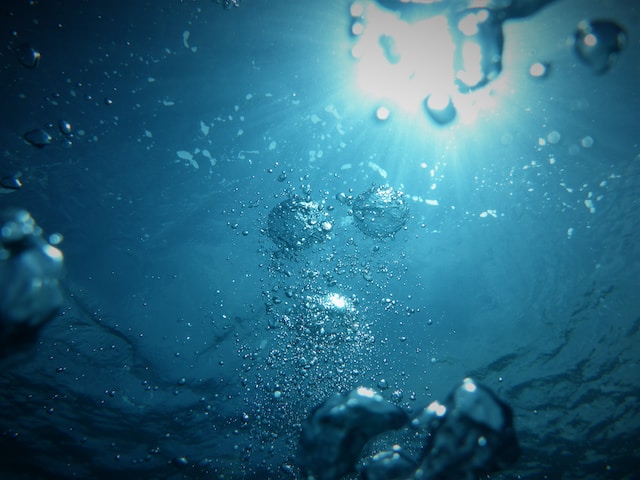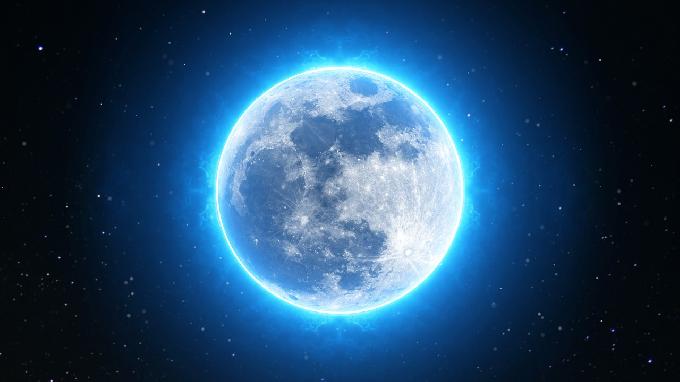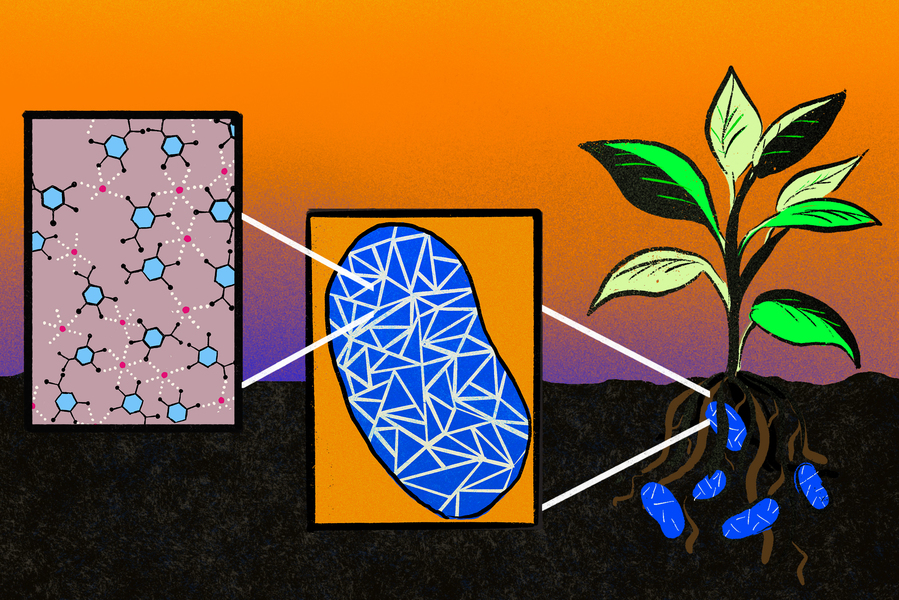The Search for Low-Cost, Clean Burning Hydrogen
On June 23, 2015, researchers at Stanford University’s Materials Science & Engineering program published a study in Nature Communications about a new “single-catalyst water splitter” that improves on existing water splitters. Water splitting creates a continuous stream of oxygen and hydrogen, but current methods require electrolytes of different pH in order to remain stable during the splitting process. According to researcher Haotian Wang, “for practical water splitting, an expensive barrier is needed to separate the two electrolytes, adding to the cost of the device.”
According to the study’s Stanford co-author Yi-Cui, also of the Photon Science Group at SLAC National Accelerator Laboratory, the new process uses a single catalyst/electrolyte at a uniform pH to produce hydrogen and oxygen 24 hours a day, seven days a week, and in this study logged over 200 hours.
The key is whether or not this process will lead to less expensive commercial production of hydrogen. The following video shows the apparatus used in this study.







